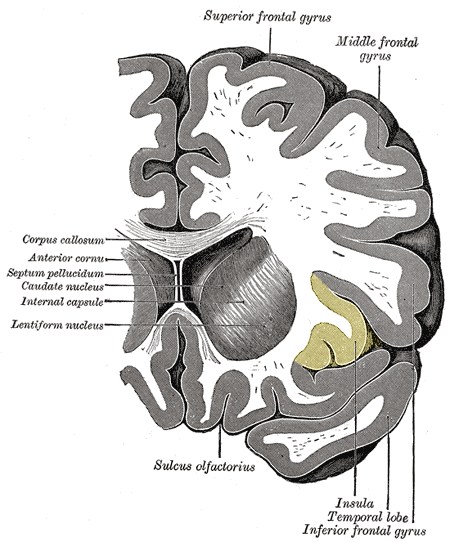Overview
A new discovery has been made which may help explain the higher prevalence of sleep disruption and anxiety in women, not only leading to better treatments for anxiety and sleep but also strengthening our understanding of how the brain varies between the two sexes.
What We Know vs What We Don’t
Insufficient sleep is already known to be a cause of anxiety. However, this might not be the case for everyone, or at least to the same extent. When considering sex, “women are proven to experience a greater anxiogenic impact in response to sleep loss than men”. Yet it is unknown which regions of the brain govern sleep-loss-induced anxiety and how these regions’ reactions differ between men and women. A team of scientists led by Andrea N. Goldstein-Piekarski is attempting to find answers by using structural brain morphology. This method will allow them to link anxiety caused by sleep deprivation to the volume and shape of “emotional” regions of the brain between the two sexes.
Statistical Analysis
Using an ANOVA approximation with the equation below, the scientists were able to decipher whether the amount of anxiety reported via the PSG test for each of the sleep conditions is related to sex and the grey matter volume of the individual’s brain.
(sleep-deprived[morning-evening] – sleep-rested[morning-evening]anxiety ~ sex × grey matter volume)
Women demonstrated a significant Time × Condition interaction, expressing a nearly fourfold increase in anxiety on the sleep deprivation night relative to the full night of sleep in morning-evening anxiety. There was no Time × Condition interaction for men in morning-evening anxiety, however, some individuals did experience an anxiogenic response, indicating that this specific consequence of sleep loss is not completely sex-based.
Women demonstrated a significant negative association between anxiety and gray matter volume in the emotion generation and integration region of the insula/

IFG and a marginally significant negative association in the lOFC, which means that gray matter volume did not influence the women’s anxiogenic responses. This incredibly opposes men who, on average, demonstrated significant positiveassociations in the insula/IFG and lOFC. Therefore, although men as a whole did not demonstrate a significant increase in anxiety due to sleep deprivation, the variance of anxiogenic response in men was indeed related to variation in gray matter volume of these regions.
Conclusion
These findings show that women do indeed experience more significant anxiogenic responses to sleep deprivation than men. They also show that the morphology of emotion-relevant regions can explain the variance and vulnerability of men to anxiogenic reactions to sleep deprivation.
What Now?
Such findings suggest that for women especially, targeted sleep restoration may offer a novel, non-pharmacological therapeutic pathway for ameliorating anxiety. This research can also improve public health awareness about the importance of sleep, especially for those who are at a greater risk of anxiety disorders.
Connection to AP Bio
Research from Johns Hopkins has shown that the anxiety and stress response can often lead to mitochondrial damage. Since anxiety and stress can cause the physical symptoms of increased heart rate and breathing, the mitochondria are pushed to provide more energy through cellular respiration. This can be detrimental to an individual who is in a constant state of stress and anxiety as the mitochondria have very little repair mechanisms, which would then harm the body’s overall production of energy. In relation to the study, this information conveys that sleep deprivation not only affects mood and physical performance but also organelles and basic cellular functions.
Dictionary
- Structural Brain Morphology – the study of the structural measures of the brain, e.g., volume and shape
- Vulnerability Biomarker – any substance, structure, or process that can be measured in the body or its products and influence or predict the incidence of outcome or disease (WHO)
- Anxiogenic – producing anxiety
- ANOVA – an analysis of variance between more than two groups
- Polysomnography (PSG) – a test conducted to diagnose sleep disorders



namurthy
Hi ITSALIVE! This is a really informative post about the higher rate of sleep disruption and anxiety in women vs men. I really like how you dug deep into the statistical analysis and showed us real stats regarding your topic. It was interesting to learn about the grey matter volume which I didn’t know existed till now! After doing some research I learned that grey matter “enables individuals to control movement, memory, and emotions.” I also found that the grey matter is split into three specific sections that each control a different function and as you grow older the amount of grey matter you have decreases.(https://www.ncbi.nlm.nih.gov/books/NBK553239/#:~:text=The%20grey%20matter%20has%20a,movement%2C%20memory%2C%20and%20emotions.) The way you explained the connection between sleep deprivation, which is so common for most people, in correlation to the two sexes was clear and easy to follow. I can see how much research and time went into this post!